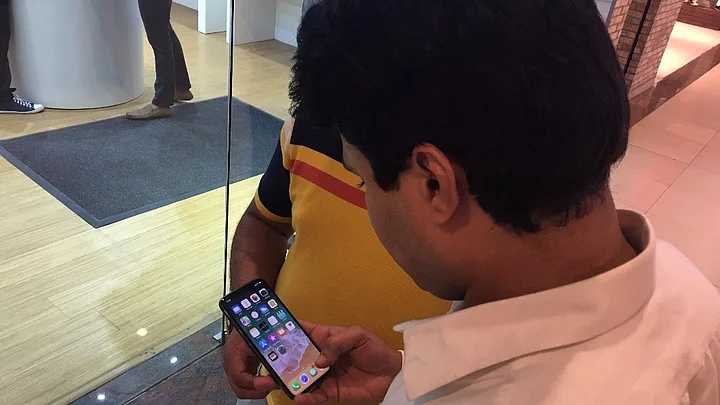Apple Inc’s new flagship iPhone X makes the company more money per phone than its iPhone 8 model, according to an analysis, which found the iPhone X's flashier parts cost Apple 25 percent more than the iPhone 8, but that it retailed 43 percent higher.
The iPhone X smartphone costs $357.50 to make and sells for $999, giving it a gross margin of 64 percent, according to TechInsights, a firm that tears down technology devices and analyses the parts inside. The iPhone 8 sells for $699 and has a gross margin of 59 percent.
The finding is surprising because technology products tend to become more profitable as they age and the parts for them drop in cost.
The iPhone X is a brand new design that went on sale on 3 November, to apparently strong demand, while the iPhone 8 is an update on last year's iPhone 7, which itself was similar to the iPhone 6 released in 2014.
Also Read: First Look: Apple iPhone X’s Edge-to-Edge Screen and... The Notch
Apple declined to comment on TechInsights' analysis.
Apple is unique in the electronics industry for its ability to charge a premium price for its latest devices and for its ability to maintain that price even when selling devices through third parties like telecom carriersAl Cowsky, Costing Analyst, TechInsights
Also Read: Apple iPhone X First Impressions: What You Get For Rs 89,000
"Apple can be different here because they are the 800-pound gorilla," Cowsky said.
Several of Apple's design choices for the iPhone X pushed up its price. In particular, its 5.8-inch (14.8 cm) edge-to-edge display and associated parts cost $65.50, compared with $36 for the iPhone 8's 4.7-inch display, the analysis found.
That is largely because the iPhone 8 uses older LCD technology, while the iPhone X uses what is called "Super AMOLED" technology, which allows for more vivid colours and a thinner overall design.
Another pricey choice was the stainless steel chassis of the iPhone X, which cost $36 versus $21.50 for the aluminium housing of the iPhone 8. Cowsky said the steel is less likely than aluminium to bend when flexed, a problem that dogged the iPhone 6 when it came out.
"This is their lesson learned from that," he said.
(This story has been published in arrangement with Reuters)
(At The Quint, we question everything. Play an active role in shaping our journalism by becoming a member today.)
